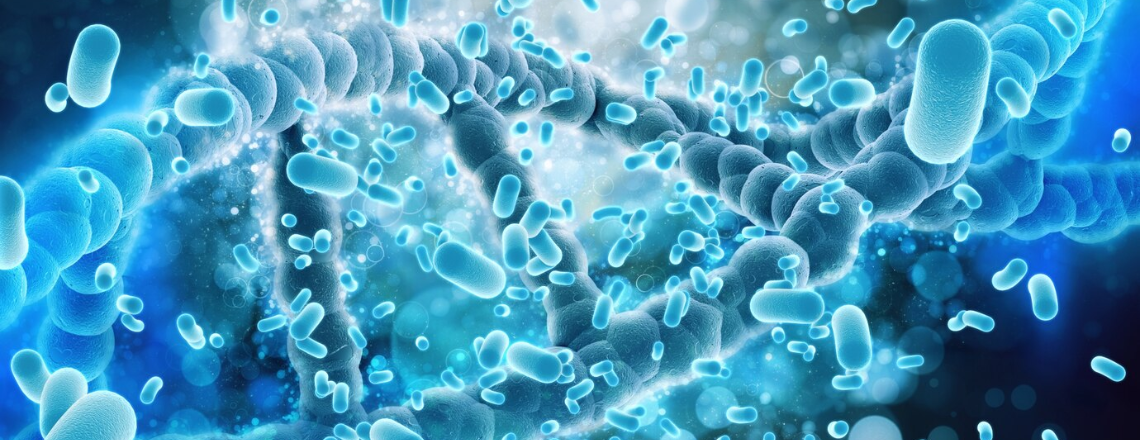Immunoassays
Published Jan. 22, 2024
By Hopkins Medtech
What are immunoassays?
Immunoassays are laboratory techniques used to detect and quantify specific molecules in biological samples by utilizing the specific binding properties of antibodies and antigens. These assays are widely employed in medical diagnostics, research, pharmaceuticals, and various industries.
Immunoassays rely on the specific interaction between an antibody and its target antigen. Antibodies are proteins produced by the immune system in response to specific antigens (foreign substances).
Immunoassays can detect various targets, including proteins, hormones, antibodies, drugs, toxins, and infectious agents.
They utilize different detection labels such as enzymes (enzyme-linked immunosorbent assay, ELISA), fluorescent dyes, radioisotopes (radioimmunoassay, RIA), or nanoparticles.
Types of Immunoassays
1. Enzyme-Linked Immunosorbent Assay (ELISA):
Direct ELISA: Detects antigens using a labeled antibody that directly binds to the target antigen.
Indirect ELISA: Uses a primary antibody to bind the antigen, followed by a labeled secondary antibody to detect the primary antibody.
2. Radioimmunoassay (RIA):
Uses radioactively labeled antigens or antibodies for detection. Less commonly used due to safety concerns related to radioactivity.
3. Fluorescence Immunoassays:
Utilizes fluorescently labeled antibodies or antigens for detection. Includes techniques like fluorescence polarization immunoassay (FPIA) and fluorescence resonance energy transfer (FRET).
4. Chemiluminescent Immunoassays:
Involves labels that emit light as a result of a chemical reaction, enabling highly sensitive detection.
5. Lateral Flow Assays (Immuno-Chromatographic Tests):
Rapid, point-of-care tests that use capillary action to detect target molecules. Commonly used in pregnancy tests and infectious disease diagnostics (e.g., COVID-19 rapid antigen tests).
What are the applications of immunoassays?
Clinical Diagnostics: Detecting hormones, tumor markers, infectious agents (like viruses or bacteria), and antibodies (for autoimmune diseases or infectious serology).
Monitoring drug levels in patients.
Research and Pharmaceutical Development: Studying protein-protein interactions, quantifying biomarkers, and analyzing samples in drug development.
Food Safety and Environmental Monitoring: Detecting contaminants, allergens, pesticides, or toxins in food, water, and the environment.
What are the advantages of immunoassay?
Immunoassay tests are widely used thanks to their many advantages. Immunoassays are:
– Capable of detecting low levels of molecules
– Useable for a wide range of compounds and applications
How to choose an immunoassay?
The large number of types and subtypes of immunoassays can make choosing the right immunoassay for your application challenging. Here are some things to consider when making your decision:
1. Decide what sensitivity you need. This is determined by the concentration of antigens you’ll be working with low concentrations need higher sensitivity to ensure detection. Also, consider your throughput requirements and cost.
2. Decide on the antibody-antigen pairs that you will test. You should check their availability commercially, or alternatively produce reagents in the laboratory.
3. Decide what surface or environment you want to use. For example, you can bind antibodies or antigens to a solid plate or a magnetic bead, depending on which target needs to be observed.
